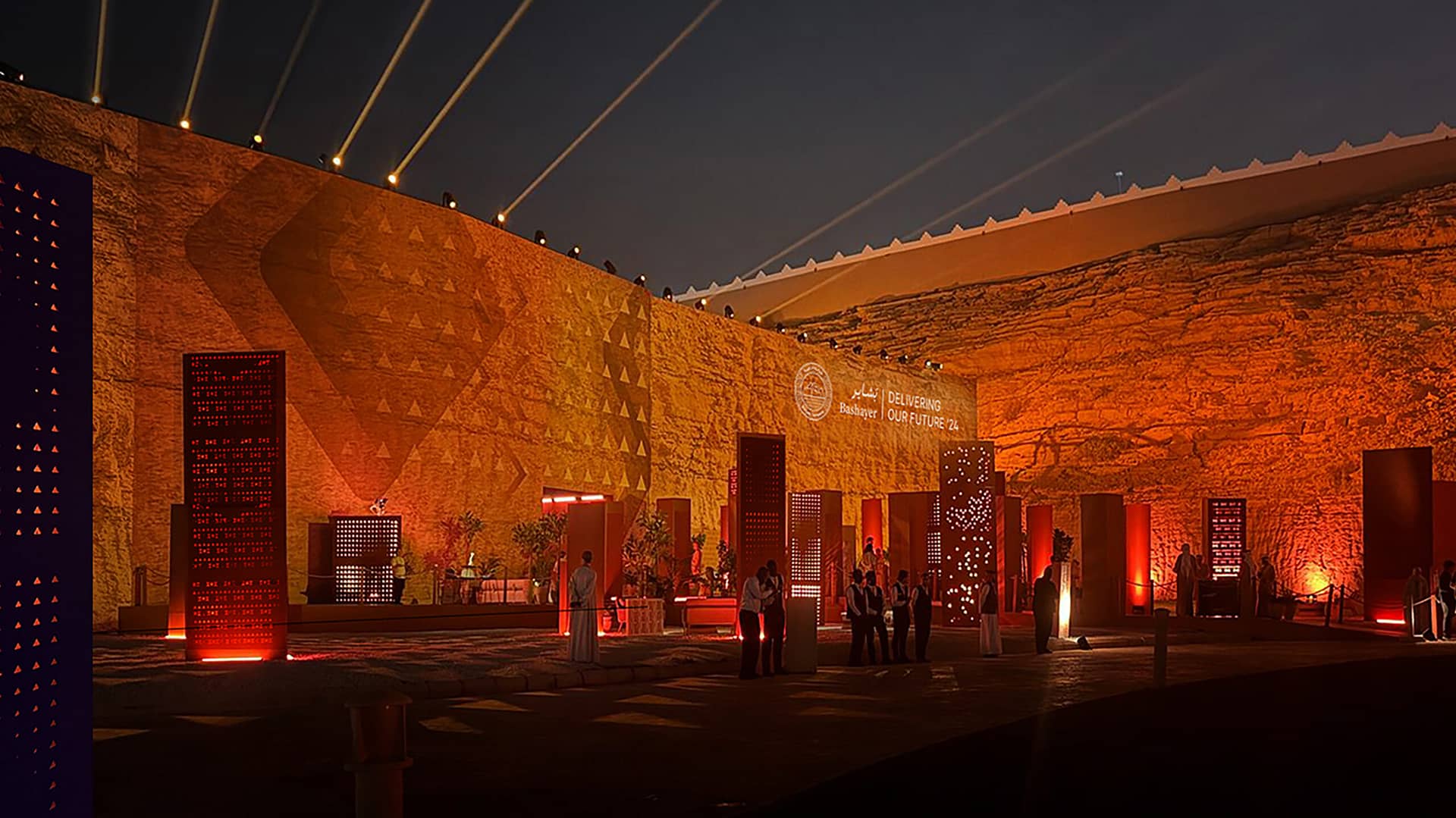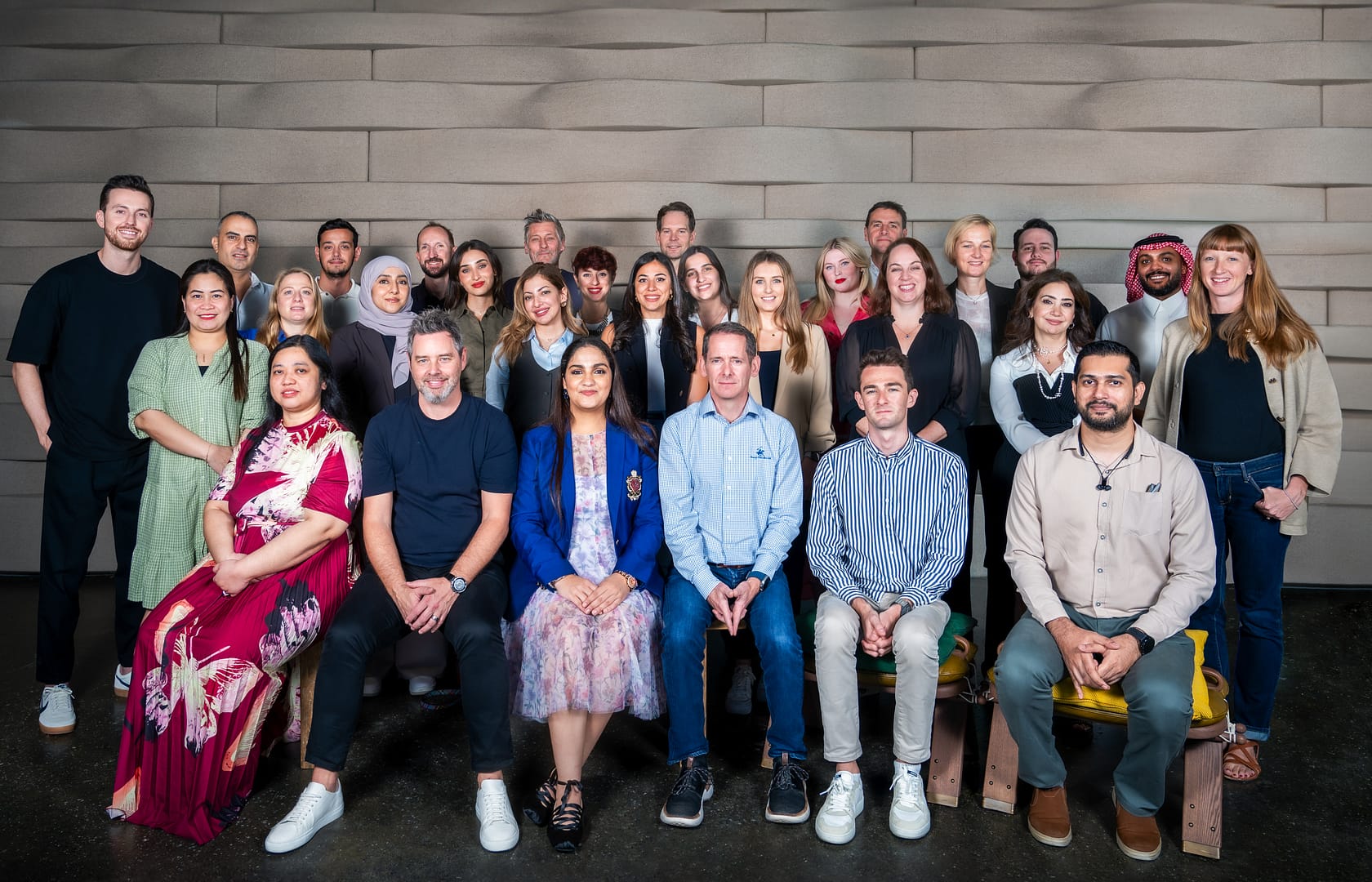
In a world where brand loyalty is fragile and trends change overnight, the smartest brands aren’t just selling products, they’re building emotional worlds. The latest Lyst Index just revealed the hottest fashion brands of 2025, and the results hold surprising lessons for every brand, not just those in luxury.
Yes, the usual big luxury names kept their spots. But it was the unexpected brands – the quiet climbers and consistent performers – that sparked the most conversation.
One thing stood out: mid-premium retail brands made it into the top ranks. For example, COS made the top 10.
Let that sink in. COS. A brand once considered too quiet to compete, too retail to resonate. Back in 2020, industry insiders wrote it off as ‘a failing concept’ that even its parent H&M couldn’t save. And yet – here it is. Nestled between Prada and Bottega, riding a 44% spike in demand and the highest points increase.
But this isn’t just about mid-premium brands climbing into elite territory. Luxury brands are changing too – becoming more participatory, community-led, and culturally fluent.
The world’s hottest brands used to be exclusive and whispered. Today, they co-create, invite, and occasionally poke fun at themselves on social media.
In this article, we break down how five standout brands reshaped the playbook and what any brand leader can borrow from their strategies.
Loewe: The surrealist who brings the fun to the party
With giant inflatable castles floating beside the Eiffel Tower, cycling tours through golden Shanghai streets, and a juice bar tucked into Saks, Loewe designed touchpoints that felt more like performance art than product drops.
Then came TikTok. Instead of stiff campaigns, the brand leaned into humour, imperfection, and chaos – the lifeblood of Gen Z. Viral clips like Elliot Grainge roasting Loewe boots? They became the brand.
Why it works so well
Loewe behaves less like a luxury house, more like a cultural shapeshifter. Its objects are collectable, yes – but its energy is the real currency.
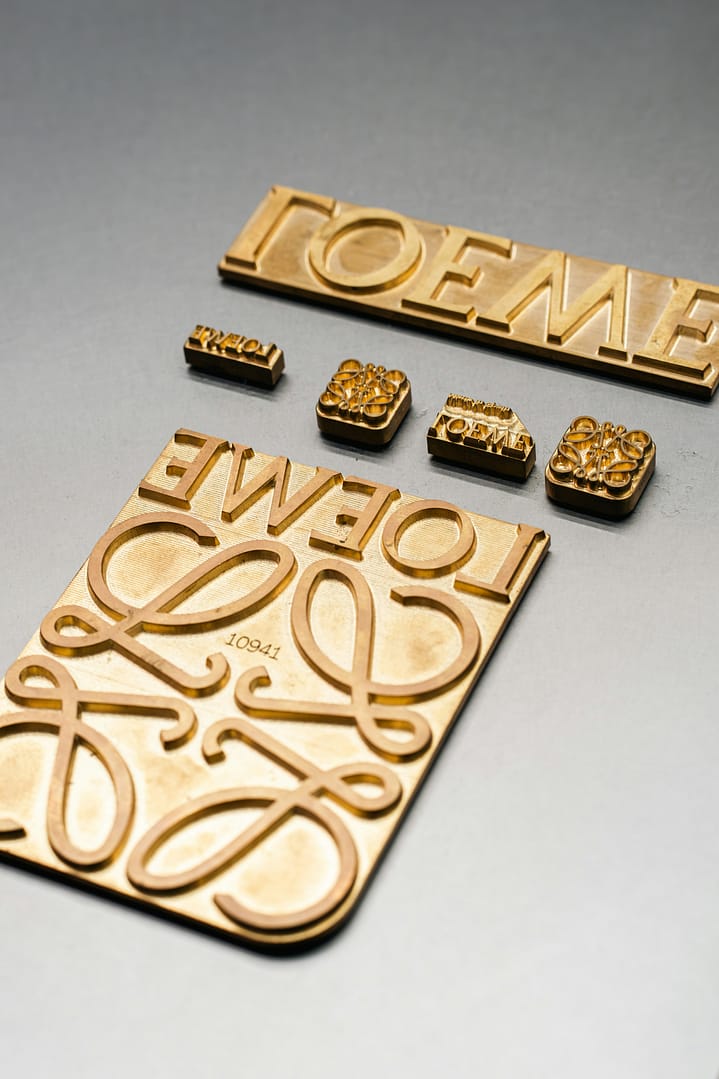

Miu Miu: The stylish rebel who knows exactly who she is
Instead of going big, Miu Miu went deep. Literary salons. Atelier-style workshops. Fashion is a softly whispered invitation, not a flashing billboard.
This is a brand that is known to thrive on nuance – handwritten-looking campaigns, artsy merch, and an aesthetic that’s soft but smart. You know a Miu Miu girl when you see her. You also know if you’re not one. That’s the point.
Why it works so well
Miu Miu focuses on one very specific type of customer – the confident, book-smart girl with a rebellious streak. Its power lies in its editorial consistency – every asset, activation, and ambassador is a page from the same book.
Prada: The fashion house that thinks like a museum
Whether through the Pradasphere exhibition in Shanghai or the Prada Paradoxe that flipped the perfume aisle into an art installation, Prada positioned itself as an intellectual institution. One that understands that today’s luxury buyer doesn’t just want a look – they want a worldview.
Why it works so well
Prada doesn’t just sell a style – it sells a way of thinking. Every store, campaign, or product – from brutalist storefronts to AI-powered exhibits – feels like part of a bigger message about design, art, and culture.
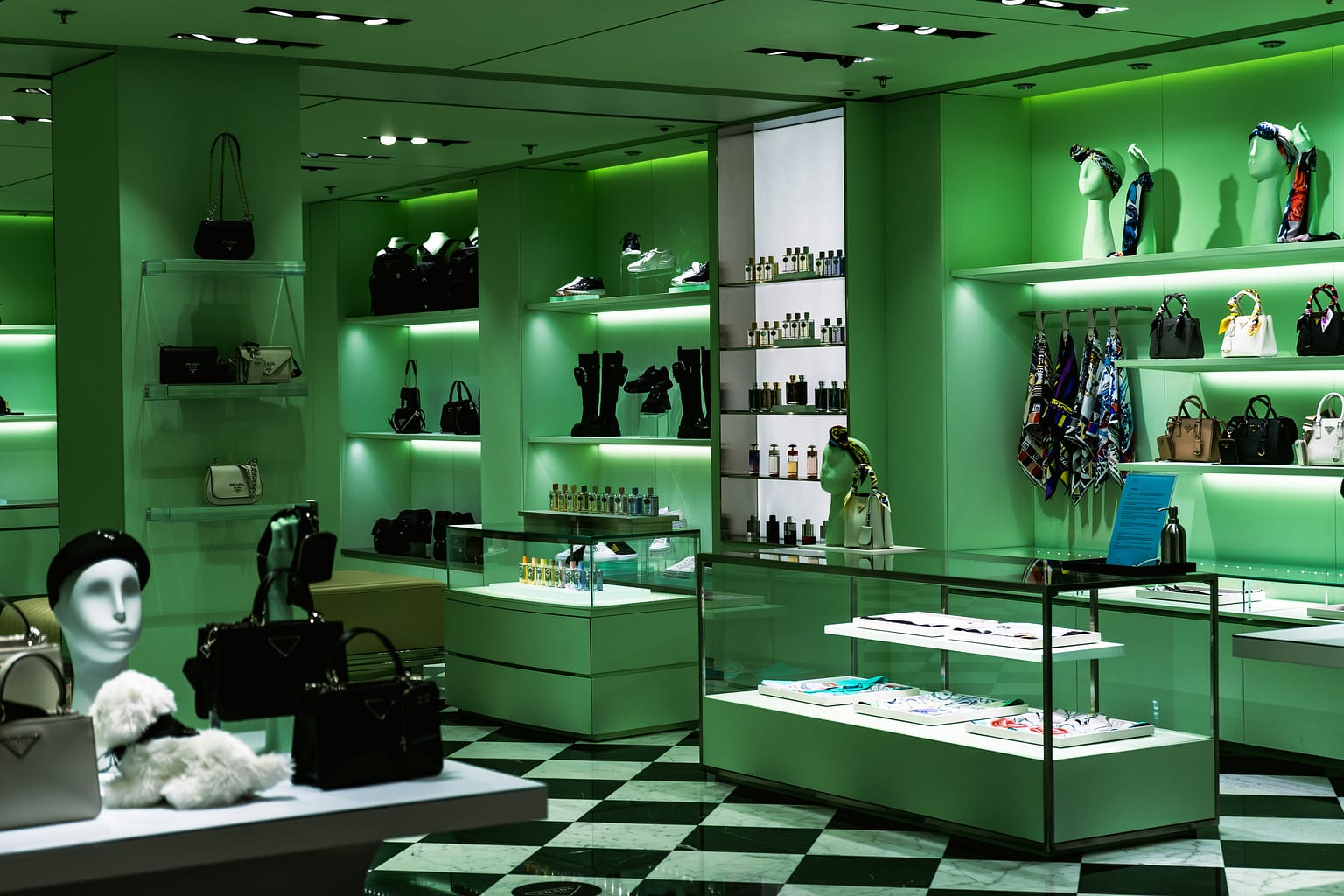
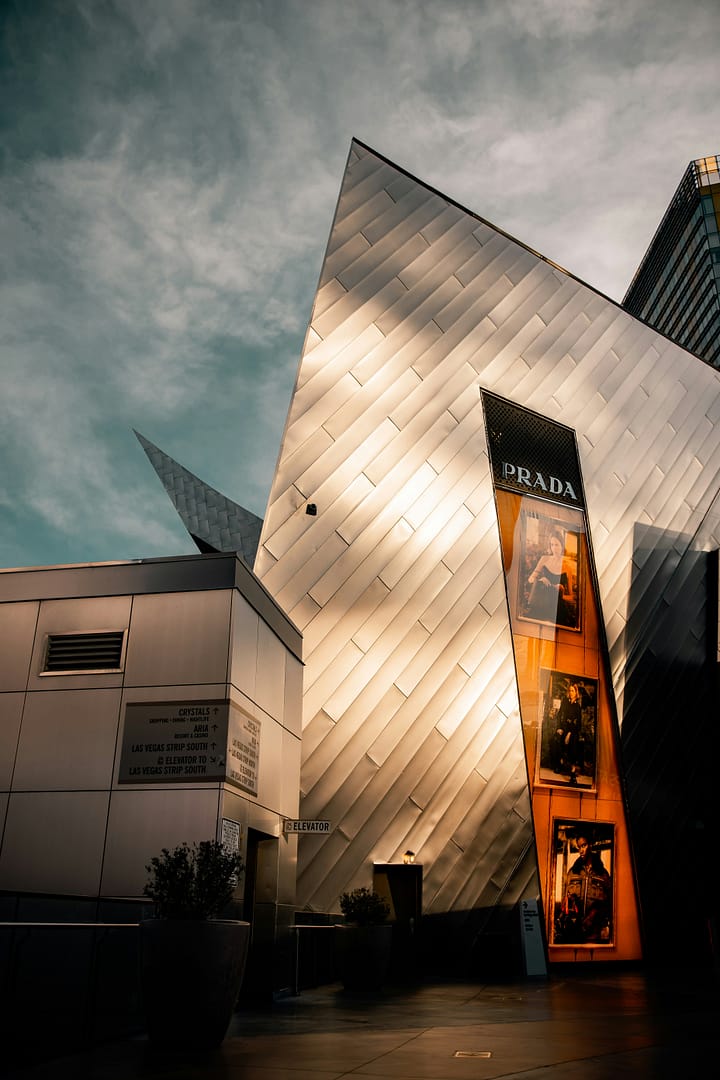


COS: The quiet one who outgrew her limits
While everyone else competed on dopamine hits, COS built slow beauty. Papier-mâché tables in Singapore. Vending machines with Coco Capitán poems. Installations at Serpentine and Milan that felt more like whispers than shouts. With every experience, COS didn’t chase virality but doubled down on meaning.
Why it works so well
COS speaks to a consumer who doesn’t just want to buy something – they want to belong to a slower rhythm of taste. More than anything else, the brand’s leap from industry cast-off to Lyst’s top 10 isn’t just a comeback. It’s a cultural pivot. COS became a symbol of value-luxury, the sweet spot between feeling elevated and staying grounded.
Chloé: The romantic brand with real purpose
Contrary to other brands, Chloé built it into its brand purpose. This year, every sale at Chloé came with traceability: volunteering programs with NGOs, transparent sourcing dashboards, and digital IDs that made sustainability a felt experience. Every employee had a sustainability KPI. And every customer could see their impact in action – from gender equity donations to upcycled collections and circular resale.
Why it works so well
Chloé’s version of luxury is softer, slower, and systems-led – where ethics don’t shout, they show up.
So what does this all mean?
The world’s hottest brands are changing from something you own to something you’re part of.
Whether you’re designing art on a Loewe floor or sipping juice under a cabbage-shaped sculpture, what matters isn’t the product. It’s how it makes you feel.
Clarity is the new status. Experience is the new luxury. And emotional connection is what makes brands truly powerful.
The best brands of today aren’t selling looks. They’re building worlds.
And the smartest ones? They let us inside – not as buyers, but as co-authors.


